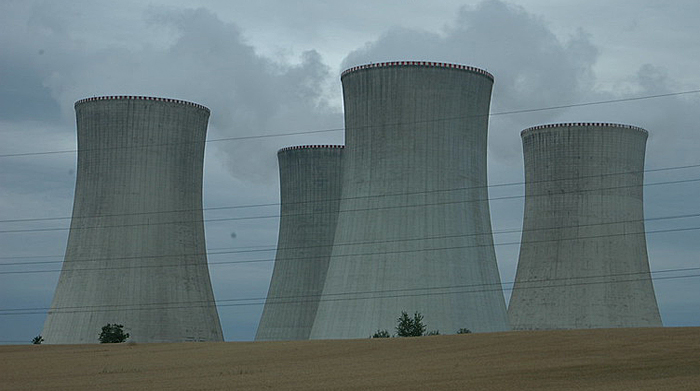Can Nuclear Power Offset Coal-Fired Power Plant Retirements?

Image courtesy of IAEA Imagebank under Attribution-ShareAlike 2.0 Generic License, resized to 700 x 391 pixels.
The number of coal-fired power plant retirements has been increasing for at least 15 years due to environmental concerns and higher costs stemming from tighter regulations and competition from natural gas. While this makes logical sense, the retired capacity must be replaced, and nuclear power is being lauded as a viable replacement option.
Why Nuclear Could be the Answer for Coal-Fired Power Plant Retirements
Much of the retired coal capacity has been replaced with natural gas, but this is not an ideal solution because, like coal, natural gas is also a fossil fuel. On the other side of the coin, the feasibility of using renewable energy sources like wind and solar to replace coal is attractive, but this option has several challenges, including the need for massive amounts of land, not to mention the intermittent nature of these sources.
That leaves us with nuclear power as the most attractive option to replace much of the lost capacity from the country’s wave of coal-fired power plant retirements. Nuclear power is clean, does not rely on fluctuating environmental conditions, and does not require huge swaths of land for building.
According to this 2022 study published by the DOE, a full 80% of coal plant capacity in the U.S. can be replaced with nuclear power. The study offers 2 fairly compelling pieces of evidence to support this claim: (1) converting coal to nuclear could save the operator up to $1 billion over the life of the plant, and (2) could reduce emissions by 90%.
Of course, like everything, this conversion strategy has both pros and cons. The downsides are that any nuclear conversion will require a huge commitment of time and money, and there are regulatory hurdles in some cases.
In the final analysis, nuclear is a great option for replacing the baseline loss of capacity from coal-fired power plant retirements, but because it has both pros and cons, it will likely represent just one piece of the puzzle, not the end-all-be-all.



